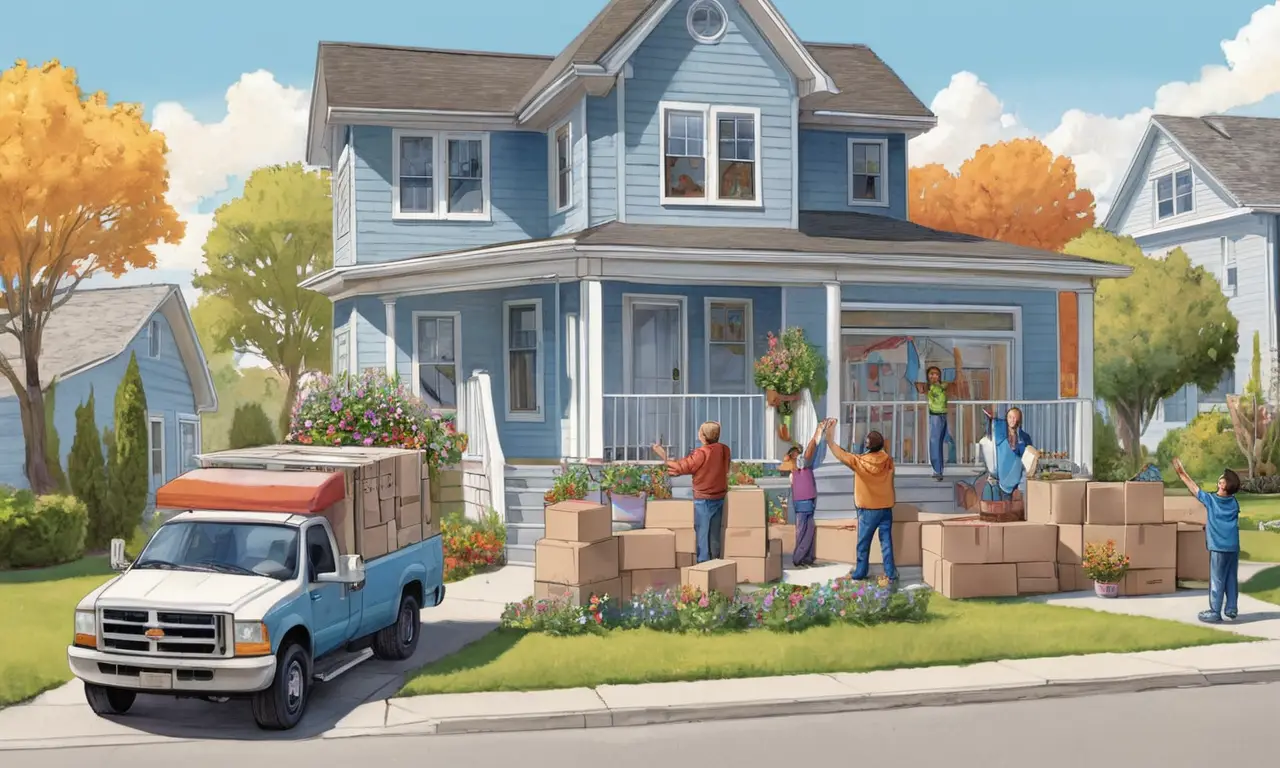
Moving house is a major life event, often accompanied by a whirlwind of emotions and logistical challenges. One of the most common questions people ask when planning a move is: how long does moving house take? The answer isn’t straightforward, as the duration can vary considerably depending on several factors.
This comprehensive guide will delve into the intricacies of moving house timelines, exploring the key elements that influence the overall process. We’ll examine various aspects, from local versus long-distance moves to the impact of hiring professional movers and the importance of meticulous planning and packing. By understanding these factors, you can gain a clearer picture of how long does it take to move a house and effectively manage your expectations.
Moving House Timeline
A typical moving process can be broken down into distinct phases, each with its own set of tasks and estimated timeframes.
- Planning Phase (4-8 weeks before the move): This initial stage involves crucial decisions like setting a moving date, researching potential movers (if applicable), decluttering your belongings, and gathering packing supplies.
- Packing Phase (2-4 weeks before the move): Begin by packing non-essential items first, gradually working your way towards more frequently used belongings. Label boxes clearly for easy unpacking at your new home.
- Moving Day (1 day): This is the busiest day, involving loading and transporting your belongings to the new location. Coordinate with movers or enlist the help of friends and family for a smooth transition.
- Unpacking and Settling In (1-2 weeks after the move): Focus on unpacking essential items first, gradually organizing your new space and making it feel like home.
Factors Affecting Move Duration

Several factors can significantly influence how long does moving house take.
- Distance: Local moves typically take a few days, while long-distance relocations can span several weeks or even months. Consider travel time, packing requirements, and potential overnight stays when planning a long-distance move.
- Home Size: The size of your home directly impacts the amount of belongings to pack and transport. Larger homes with more furniture and possessions will naturally take longer to move than smaller ones.
- DIY vs. Professional Movers: Hiring professional movers can significantly expedite the process, especially for large or long-distance moves. They handle packing, loading, transportation, and unloading, freeing up your time and energy. However, DIY moves require more planning, effort, and coordination.
Additional Factors:
- Number of People Involved: Having a larger team to assist with packing, loading, and unpacking can significantly reduce the overall move duration.
- Accessibility: Difficult-to-access homes or parking restrictions can add time to the moving process. Communicate any potential challenges with your movers in advance.
Local vs. Long Distance Moves
Local moves typically involve transporting belongings within a city or region, often covering distances of less than 100 miles. These moves are generally quicker and less complex than long-distance relocations.
Long-distance moves encompass journeys exceeding several hundred miles, requiring more extensive planning, logistics, and potentially overnight stays. Consider factors like travel time, transportation costs, and potential storage needs when planning a long-distance move.
Hiring Professional Movers

Hiring professional movers can be a valuable investment for simplifying your moving experience. They offer expertise in packing, loading, transporting, and unloading your belongings safely and efficiently.
- Benefits: Professional movers save you time, effort, and stress by handling the heavy lifting and logistical complexities. They also possess specialized equipment and insurance coverage to protect your possessions during transit.
- Choosing a Mover: Research reputable moving companies, obtain multiple quotes, and read customer reviews before making a decision. Ensure they are licensed, insured, and have a proven track record of successful moves.
Packing and Planning Tips
Thorough planning and meticulous packing are essential for a smooth move, regardless of whether you’re hiring professional movers or handling the process yourself.
- Declutter: Before packing, declutter your belongings by donating, selling, or discarding items you no longer need or use. This reduces the amount to pack and transport, saving time and money.
- Packing Supplies: Gather sufficient boxes, tape, bubble wrap, packing paper, and markers for efficient packing. Label boxes clearly with their contents and destination room in your new home.
- Create an Inventory: Make a detailed inventory of all your belongings, including descriptions and estimated values. This helps with insurance purposes and ensures nothing is lost or misplaced during the move.
Conclusion
Moving house is a multifaceted process that requires careful planning, organization, and attention to detail. The duration can vary significantly depending on factors like distance, home size, and DIY involvement. By understanding these key elements and implementing effective packing and planning strategies, you can navigate the moving process with greater ease and minimize stress. Remember to prioritize your well-being throughout the journey and celebrate this exciting new chapter in your life.
